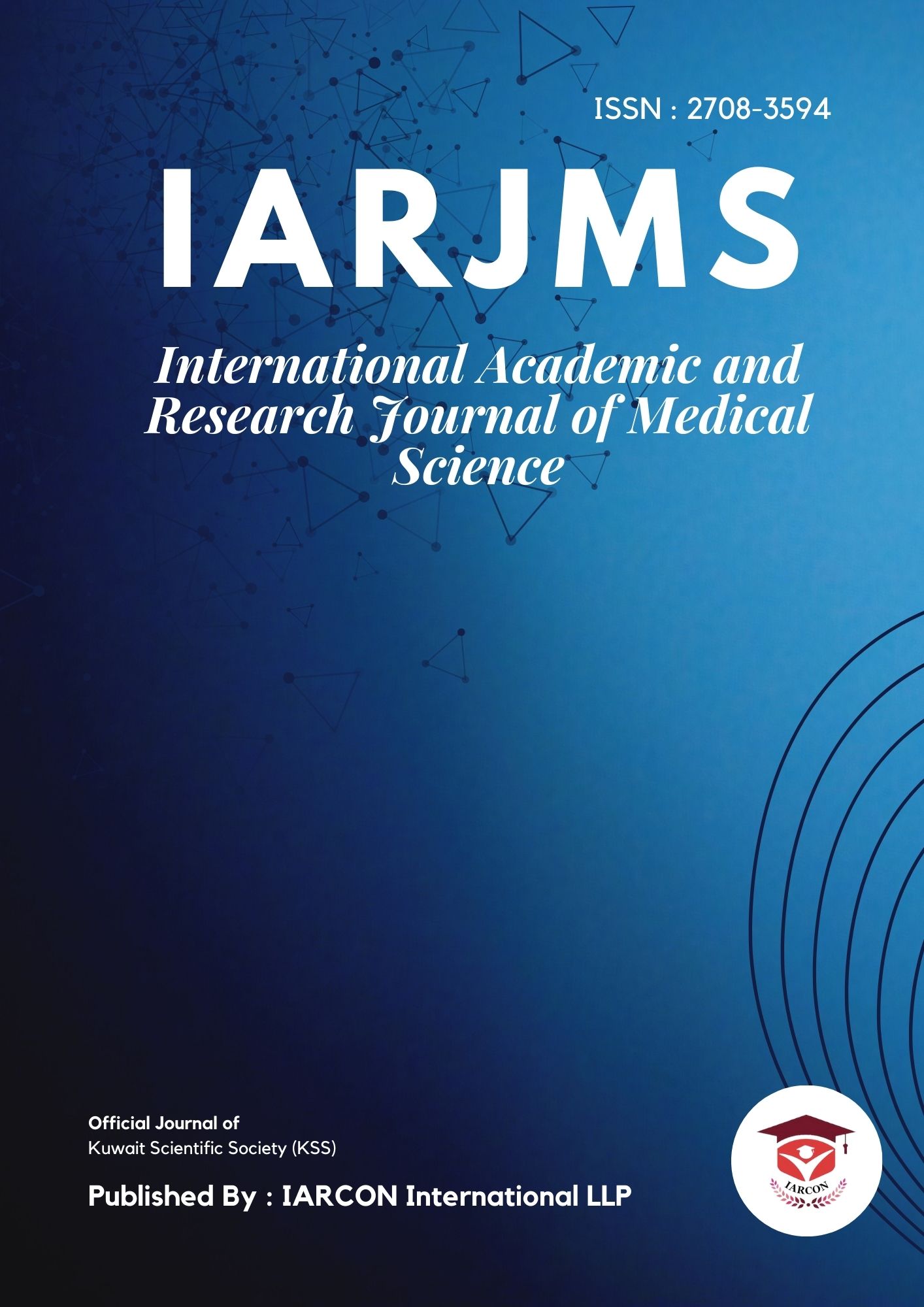Study Design
The study employed a comparative prospective study design.
Source of Data
The study population comprised of all confirmed cases of Down syndrome aged between 0-5 years, attending the outpatient department (OPD) or inpatient (IP) services at tertiary care hospitals, Out Reach area, from PHCs, Special Schools & Down syndrome club/associations in Bangalore.
Inclusion Criteria
1. Cytogenetically confirmed cases of Down syndrome.
2. Individuals willing to provide consent and participate in the study and data collection.
Exclusion Criteria
Comorbid conditions like hypothyroidism, CHD etc. in a child with Down syndrome can affect its growth and hence need to be excluded.
Sample Size
Hospital based time duration study.
The total number of 24 children whose age less than 5 year with karyotype confirmed Down’s syndrome were taken for this hospital based study during the study period (12 months after getting clearance from ethics committee).
Sampling Technique
Consecutive cases of children with Down syndrome meeting the eligibility criteria were included in the study until the required sample size was attained.
Study Variables
The study variables included weight, length (for children under 2 years or unable to stand) or height and head circumference.
Data Collection Tool
Data were collected using questionnaires and growth charts, specifically the combined World Health Organization (WHO)-Indian Academy of Paediatrics (IAP) chart and the U.S. Down Syndrome Specific Growth Charts.
Data Collection Procedure
Upon identifying a child with Down syndrome, data were collected after obtaining written informed consent from the parents or guardians. Information regarding existing medical problems, including congenital heart disease, hypothyroidism, other co-morbidities, and any previous surgeries, was obtained through the questionnaires.
Children underwent an anthropometric examination. For children under 5 years of age, head circumference was measured to the nearest 0.1 cm using a non-stretchable tape.
Weight was measured on an electronic digital scale to the nearest 0.1 kg. For older children, weight was measured while wearing minimal clothing, while infants and toddlers were weighed without clothing or diapers.
For infants and toddlers unable to stand unsupported, length was measured to the nearest 0.1 cm using an infant length board. For all other children, height was measured to the nearest 0.1 cm using a stadiometer.
Data Analysis
The collected data were entered into an Excel spreadsheet. Data analysis was performed using appropriate statistical software, R Software (Version 4.3.0).The normality of the data distribution was evaluated using Shapiro-Wilk-Test. Frequency distribution analysis were done for categorical data. Two sample independent T-Test and Mann Whitney-U-Test were used for continuous data. Pearson correlation analysis is used to estimate the linear relationship between continuous variables. P-Values were considered statistically significant at ≤=0.05.

